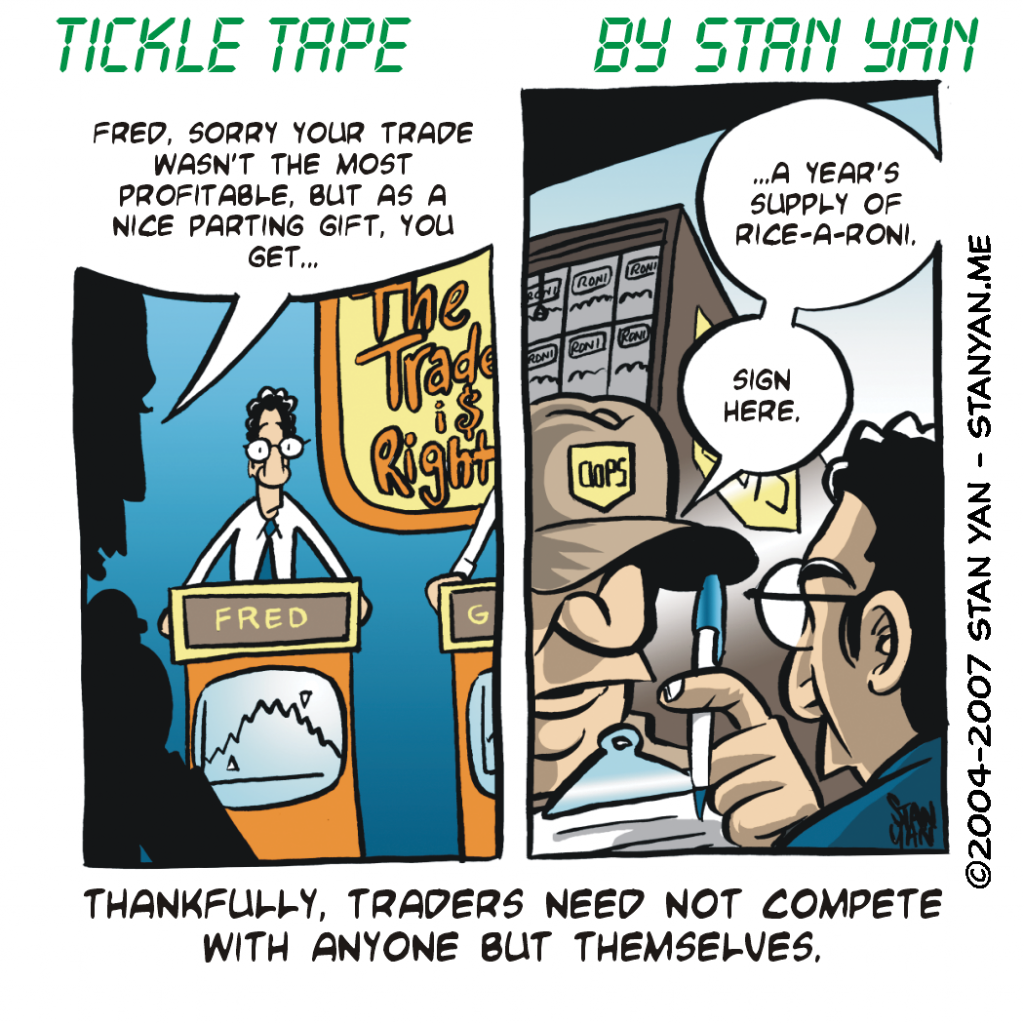The financial markets are in constant flux, and in the past few years, we’ve seen many changes. The reasons are numerous; the availability of online investing, new government regulations, and technological advances are merely a few. Despite these changes, the markets are still free, guided by the good old invisible hand that drives supply and demand.
But perhaps one of the most significant influences is the increased number of participants who have entered the markets. With more people trading and investing, the markets are more orderly, especially when it comes to identifying support and resistance levels. Support and resistance are key levels that estimate the probable duration of a trend. They are useful tools for trading effectively.
The bull market of the 1990s drove average daily volume to record levels as professionals and amateurs alike took part in a market that went virtually straight up. Years later, after the bubble burst and prices began to recover, trading volume, though lighter than the year 2000 levels, is still much stronger than it was. This increased participation is reflected in huge average daily volume, which in turn has made support and resistance more solid and easy to spot. Pullbacks in the recent uptrend, for example, turn higher at the bases of support, as expected, but the quality of these bases is second to none.
The bases of support and resistance are solid and clear, all because of the increased number of participants. And now that prices have turned higher, we have plenty of levels of resistance both above and below current prices in the equity and futures markets, such as the S&P, NASDAQ, and DOW. This will continue until the markets (NASDAQ and S&P) make new record highs. Traders often wonder why prices rose so high and so fast during the raging bull market. The answer is simple. There was relatively little resistance. There were no areas of sellers above, as there are today. This is yet another factor that makes the current markets more orderly, with more clearly defined areas of both support and resistance.
Consider looking at support and resistance more closely. Learn more about it. A solid understanding of supply and demand, and its underlying dynamics, is key. Develop the skills to properly identify quality support and resistance levels. And once you’ve mastered those areas, get the necessary tools and methods to take proper action when prices move into these levels. With study, practice, and determination, you can use support and resistance levels to trade consistently and profitably.


